The quadrupole mass analyzer functions as a mass filter by selecting ions with a specific m/z (mass-to-charge ratio) value for analysis. Although quadrupole mass spectrometers do not match sector magnetic field instruments in sensitivity, resolution, or upper mass range, they dominate clinical laboratories. This is due to their ease of use, relatively low cost, compact size, and straightforward interfacing with gas chromatography (GC) or liquid chromatography (LC) systems.
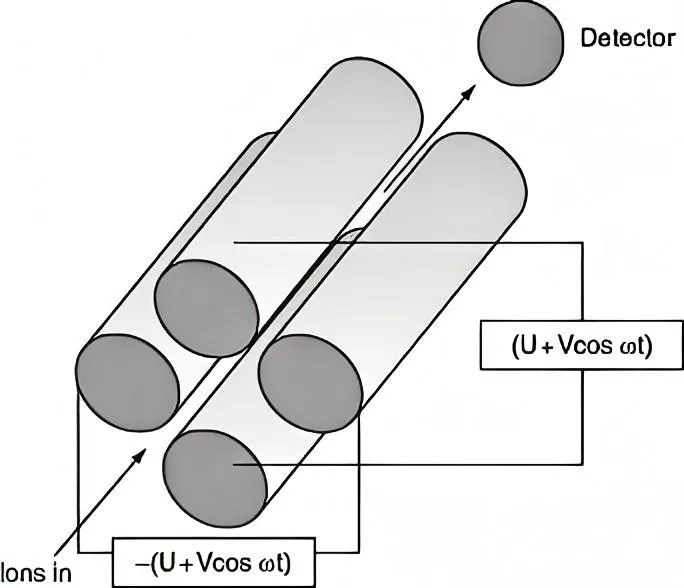
Figure 1. Schematic diagram of quadrupole mass analyzer
Principle:
The quadrupole mass analyzer consists of four parallel cylindrical rods with hyperbolic cross-sections. These rods are charged by direct current and alternating voltage to affect the movement of ions, and the charging method is: the two diagonal rods have the same voltage, while the two vertical rods have voltages of opposite signs.

Figure 2. Main view of quadrupole mass analyzer
Ions must slowly enter the quadrupole field (with only a few eV of kinetic energy) to interact with the vibrating electromagnetic field located between the two rods. In direct current (DC), the voltage UU remains constant. Conversely, in alternating current (AC) represented as Vcosωt, the voltage direction periodically reverses. When alternating voltage is applied, the probability of an ion striking the rod depends on its mass (mm) and charge (zz), the magnetic field strength, and the oscillation frequency.
Symbol eV is a unit of energy of Electron volt, It represents the kinetic energy gained by an electron (with a negative charge of 1.6×10-19C) after being accelerated by a potential difference of 1 volt.”
Advantages and Disadvantages:
Advantages
-Relatively cheap and dynamic
-Quick and simple operation, high-throughput analysis
-Does not require high vacuum conditions (> 10-7)
-Good reproducibility and classical mass spectrometry Small size, fast scanning speed, high sensitivity
Disadvantages:
-Low mass range (<4000 m/z)
-Low resolution (< 4000)
-Poor mass accuracy (>100 ppm)
-Low scanning speed
-Requires multiple analyzers
The quadrupole mass analyzer is one of the core components of a mass spectrometer, it determines the resolution, sensitivity and stability of the instrument. If you need the ceramic quadrupole components, please feel free to contact us at any time.
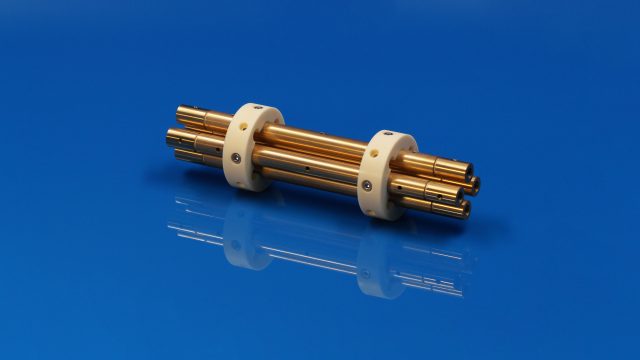

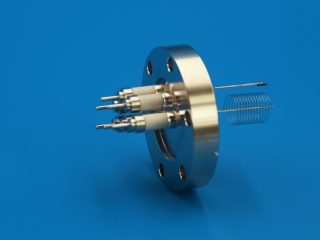
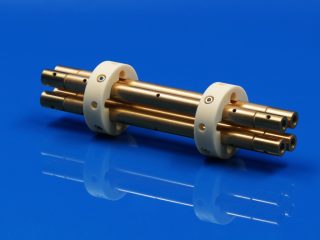
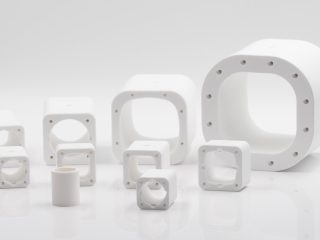
 Enquiry
Enquiry